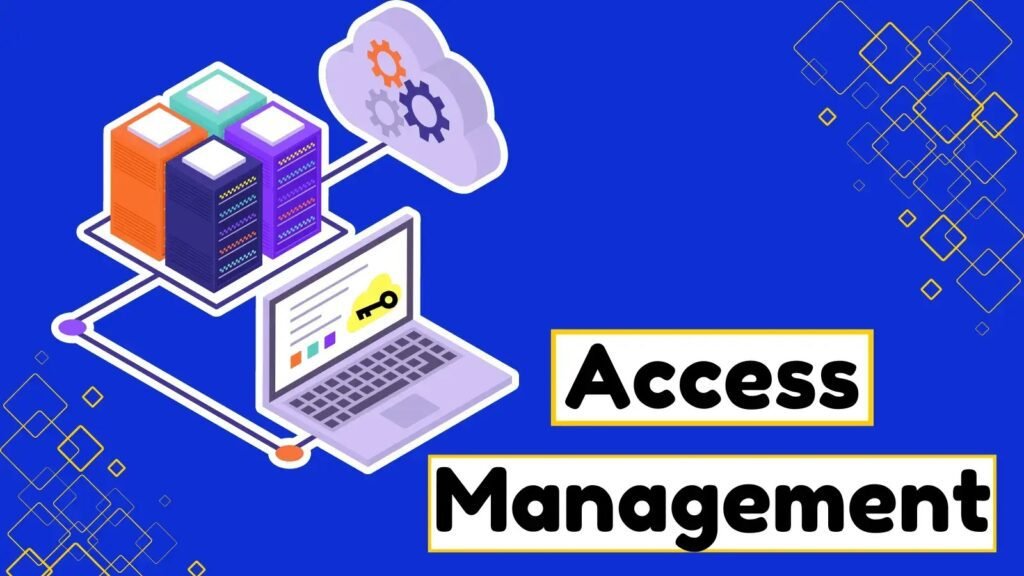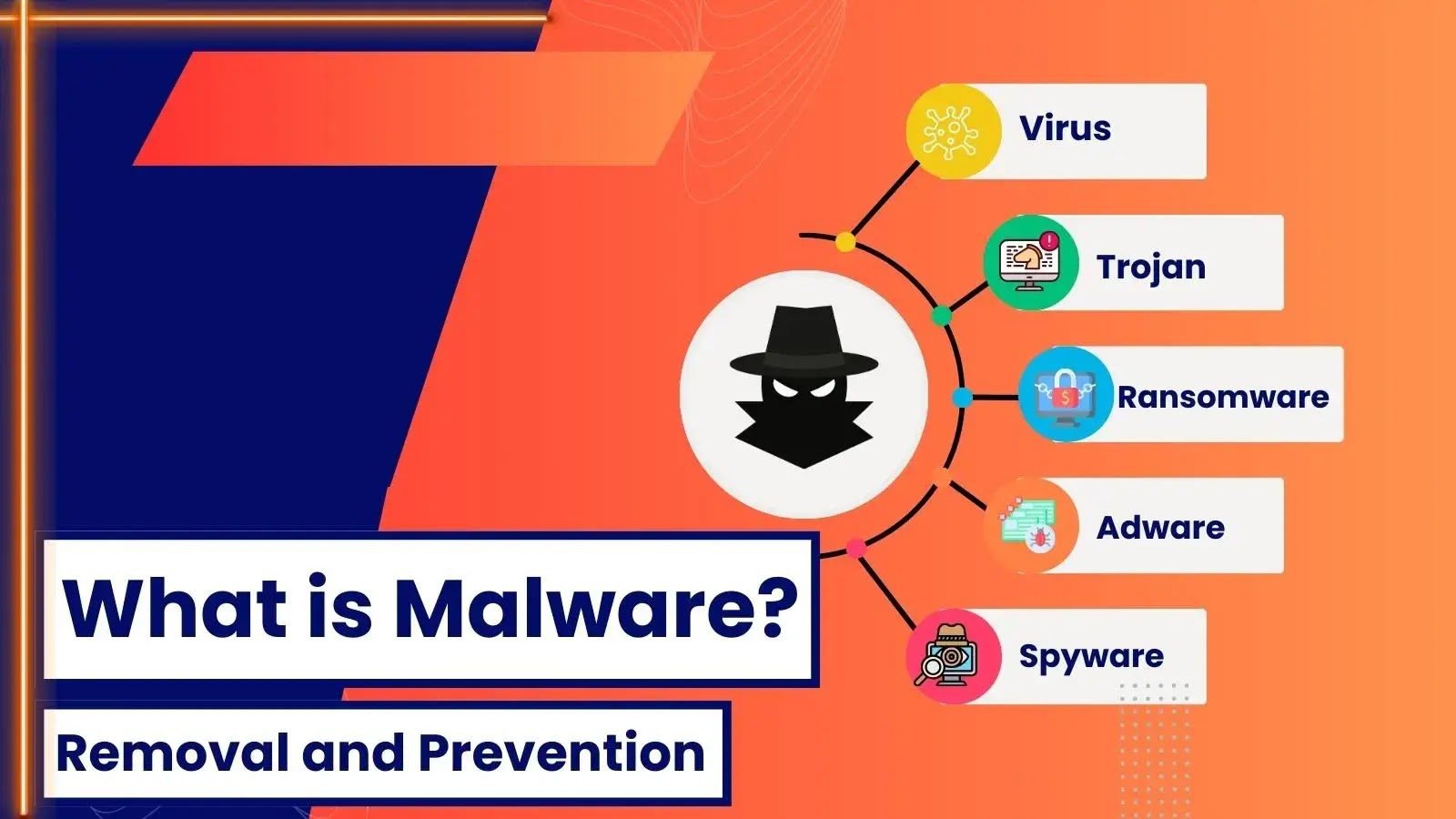What is Access Management?
Access management is an essential aspect of an organization’s security infrastructure, designed to protect and manage access to information and resources.
Its primary objective is to ensure that only authorized individuals can access specific data, applications, or systems. This article delves into the intricacies of access management, its components, types of solutions, implementation strategies, and the benefits it offers.

Understanding Access Management
Access management involves a comprehensive framework of procedures and policies for controlling and monitoring who has access to specific information and systems within an organization.
It operates by authenticating and authorizing individuals and granting or denying access based on predefined roles or attributes. The implementation of access management is crucial for several reasons:
- Safeguarding Sensitive Information: Protecting sensitive data and resources from unauthorized access is vital to mitigate the risk of data breaches.
- Enhancing Operational Efficiency: Streamlining the user authentication and authorization process facilitates smooth business operations.
- Regulatory Compliance: With stringent regulatory requirements like GDPR and HIPAA, effective access management ensures adherence to compliance standards, avoiding legal and financial repercussions.
Key Components of Access Management
Implementing access management requires a meticulous approach to safeguarding and orchestrating access to an organization’s systems, applications, and data. Key components include:
- User Identification and Classification: Cataloging users, including employees, contractors, customers, and partners, and assigning roles based on responsibilities and required access levels.
- Principle of Least Privilege (PoLP): Ensuring individuals have only the minimum access needed to fulfill their roles.
- Authentication Mechanisms: Utilizing robust methods like multifactor authentication (MFA) to reinforce security.
- Access Protocols: Implementing role-based access control (RBAC) or attribute-based access control (ABAC).
- Monitoring and Auditing: Integrating real-time tracking, analyzing, and reporting access and activities to detect and mitigate unauthorized access attempts.
- User Account Management: Proactively managing user accounts and access rights, with periodic reviews and adjustments to policies and privileges.
Types of Access Management Solutions
Access management solutions encompass various frameworks designed to secure and manage user access within an organization. Key types include:
Identity and Access Management (IAM)

IAM solutions are comprehensive frameworks for safeguarding and managing user identities and access. They include:
- User Provisioning and Deprovisioning: Creating, updating, and deleting user accounts based on roles.
- Single Sign-On (SSO): Allowing users to access multiple applications with one set of credentials.
- Audit and Reporting Tools: Monitoring user activity and ensuring compliance with policies and regulations.
Privileged Access Management (PAM)
PAM solutions target and secure access to sensitive systems and data requiring elevated permissions. Features include:
- Privileged Account Discovery: Identifying accounts with elevated access.
- Session Management: Monitoring and controlling privileged sessions.
- Credential Management: Securing and managing privileged credentials.
- Activity Monitoring and Auditing: Tracking and auditing privileged activities.
Customer Identity and Access Management (CIAM)
CIAM solutions manage and secure external users’ identities and access rights tailored for customer-facing applications. Features include:
- Registration and Authentication: Facilitating user sign-up and login processes.
- Self-Service Account Management: Allowing users to manage their accounts independently.
- Consent and Privacy Management: Handling user consent and privacy preferences.
- Customer Profiling and Analytics: Analyzing customer data for insights and personalization.
Identity Governance and Administration (IGA)
IGA solutions focus on governance, compliance, and access management. They provide a structured framework for enforcing access policies. Components include:
- Role Management: Defining and managing user roles and associated access rights.
- Access Request and Approval Workflows: Streamlining the process of requesting and approving access.
- Access Certification and Attestation: Regularly reviewing and certifying access rights.
- Compliance and Risk Management: Ensuring adherence to regulatory requirements and managing associated risks.
What is an Access Management System?
An access management system, or security access management system, creates and maintains a digital identity for each user, whether an individual or a device, throughout their access lifecycle.
By continuously monitoring users, their access levels, and permissions, the system safeguards the organization from unauthorized access that could lead to data breaches or cyberattacks. Access management involves four key elements:
- A directory to define and identify authorized users.
- Tools to add, modify, and delete user data throughout their lifecycle.
- Features to monitor and control user access.
- Features to audit access and generate reports.
The best access management systems consistently administer access privileges across the IT infrastructure, track user activity and logon attempts, manage permission authorizations, and efficiently handle user onboarding and offboarding.
Implementing Access Management
Implementing access management involves ensuring individuals have appropriate access to technology resources. Key steps include:
- Planning and Defining Access Requirements: Identifying access needs and developing policies and procedures.
- Navigating Challenges: Addressing complexities in user access rights and evolving cybersecurity threats.
- Continuous Improvement: Regularly updating the access management system to address new challenges and threats.
Benefits of Identity and Access Management
Incorporating an IAM solution offers several benefits:
Enhanced Security
IAM solutions enhance security by preventing data breaches, cyberattacks, and unauthorized access. By implementing appropriate restrictions, organizations protect sensitive information from exposure to unwanted users or systems.
Resource Efficiency
Access management promotes resource efficiency through predefined rules and automated processes. It optimizes access rights and reduces the risk of resource misuse. This control and visibility help allocate resources effectively.
Increased Productivity
IAM solutions increase productivity by enhancing the user experience. Features like token-based authentication provide quick and seamless login processes, allowing users to access networks without repeatedly entering credentials.
How Access Management Works
Access management is a critical component of an organization’s security infrastructure. It ensures that only authorized individuals can access specific data, applications, or systems. It primarily consists of two essential elements: authentication and authorization.
Authentication
Authentication is the first step in access management. It focuses on verifying a user’s identity, ensuring that the person attempting to access a system is who they claim to be.
Most organizations implement Multi-Factor Authentication (MFA), which requires two or more authentication factors to add another layer of security.
Authorization
Once authentication is completed, the next step is authorization. Authorization determines what actions a user can perform and what resources they can access. This process is governed by predefined rules and policies within the organization.
Access management is critical to an organization’s security infrastructure. It ensures that only authorized individuals can access specific data, applications, or systems.
Understanding its components, types of solutions, and implementation strategies can help organizations effectively safeguard their resources, enhance operational efficiency, and comply with regulatory requirements.
The benefits of access management, including enhanced security, resource efficiency, and increased productivity, underscore its importance in today’s digital landscape.






